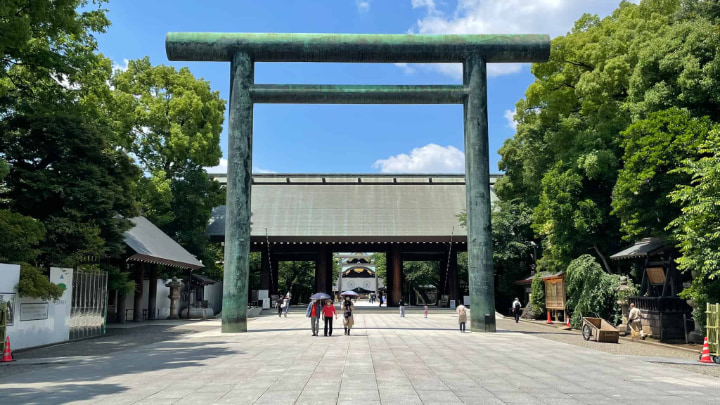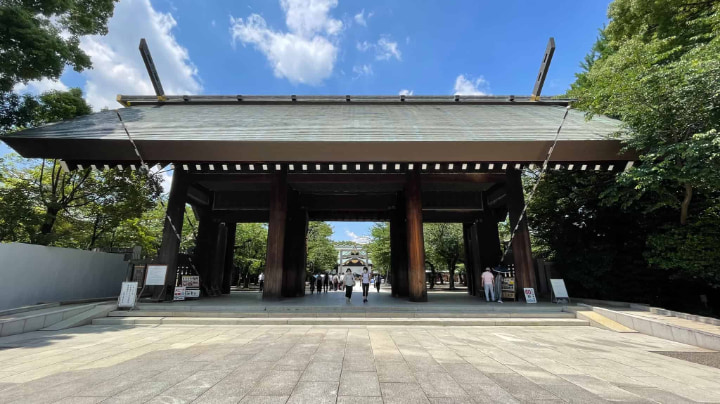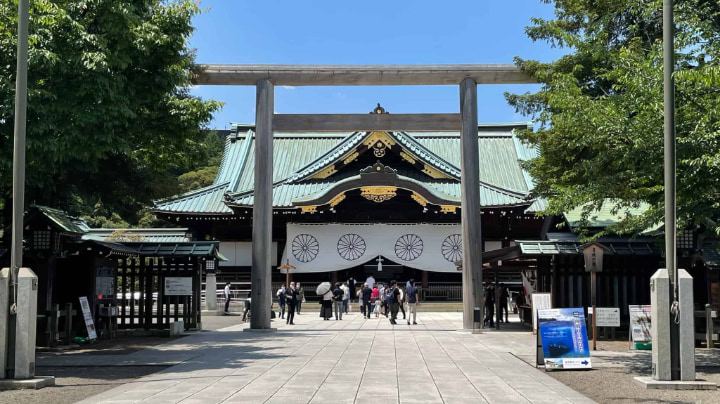Yasukuni Shrine
Author: Richard Perkins
Photos/Videos Taken: 2022/05/28
Address: 3-1-1 Kudan-Kita, Chiyoda-ku,
Tokyo,【102-8246】
Japan has more Buddhist temples and Shintō shrines than one can count. Many of these temples and shrines have quite a lot of history behind them; many are even places that Japanese people think highly of. However, the sad reality is that not all temples and shrines are treated in such high regard. Some in Japan are highly criticized. Some are disliked (even hated) by the Japanese. One shrine that isn’t particularly liked is 靖国神社 (yasukuni jinja) in the Chiyoda ward of Tokyo. Originally built as 招魂社 (shōkonsha) back in 1869, this is a shrine that doesn’t worship any particular god(s) or goddess(es), but rather worships the souls of those who died in the Boshin War (1868-1869). It was renamed “Yasukuni Shrine” in 1879.
Many years after the Meiji Revolution (1868-1889), the souls of those who died in the Pacific War (1941-1945) started being worshipped at Yasukuni Shrine too. This is why many Japanese people don’t think highly of (and are upset with) Yasukuni Shrine. The issue doesn’t necessarily have to do with whether or not the soles of those who fought in war should or shouldn’t be worshipped here; rather, it's that those soles enshrined here are treated as the soles of war heroes who all fought for the Japanese emperor. Even though it’s unclear for what particular cause those in the Pacific war died, the fact that Japanese people are taught that the souls of the foreigners in this war died too for Japan upsets many Japanese people.
If you do some research, in-depth and detailed information about the soles of those worshipped at Yasukuni Shrine and how it came to be built can be found. By doing so, it won’t take you long to find out that many Japanese people find this particular shrine to be a wretched and horrible place, so much so that many Japanese people will talk on and on (seemingly without stopping) about their feelings toward it.
Along with research, you can learn more about this shrine and the soles of those worshipped here at the 遊就館 (yūshūkan)—a museum on the grounds of Yasukuni Shrine. However, some of the information in this museum may not be the best, so for those looking to learn about what is involved with this shrine, it’s (probably) best to gather as much information as you can on your own from various sources.
NOTE
Former Japanese Prime Minister Shinzo Abe used to come and pray at Yasukuni Shrine every year. From this, it’s easy to see the importance of this shrine to some of the Japanese. To understand many aspects of Japan, this shrine shouldn’t be overlooked. However, Yasakuni Shrine isn’t necessarily a must-visit when sightseeing in Tokyo. This is not somewhere worth going out of your way to visit, but if you’re close by and visit you can learn a bit about another aspect of Japan by visiting a part of it holding some complicated history.
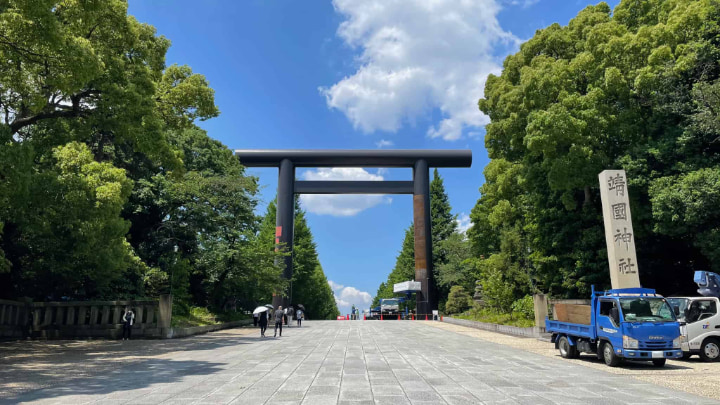

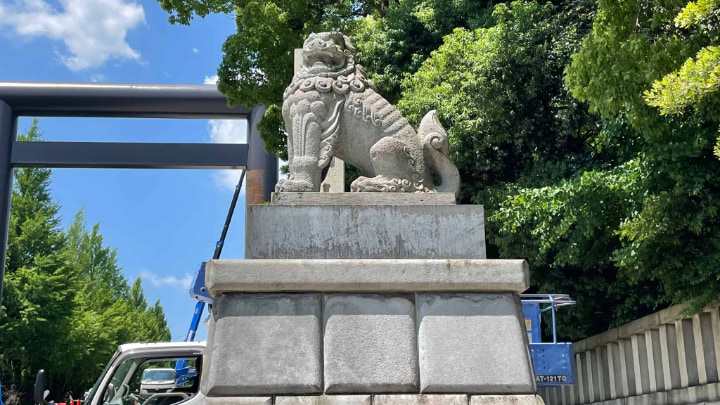
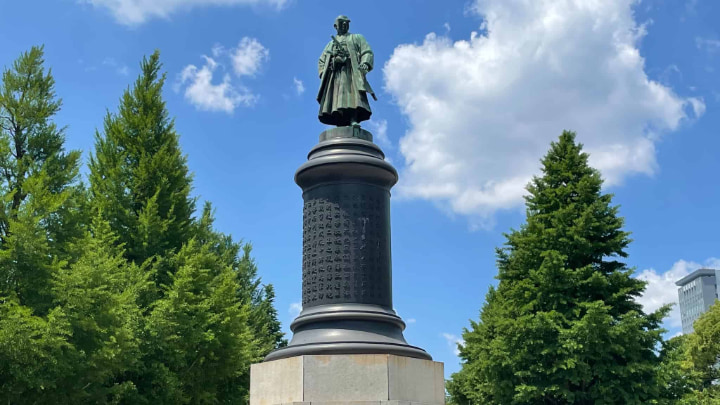
This is a statue of Ohmura Masujirō. He was a doctor, Western scholar, tactician, and politician in the Chōshū Domain (Yamaguchi Prefecture) during the last days of the Tokugawa government. As someone who made great efforts during the Meiji Restoration, Ohmura Masujirō helped found Yasukuni Shrine (what was originally Shōkonsha).
